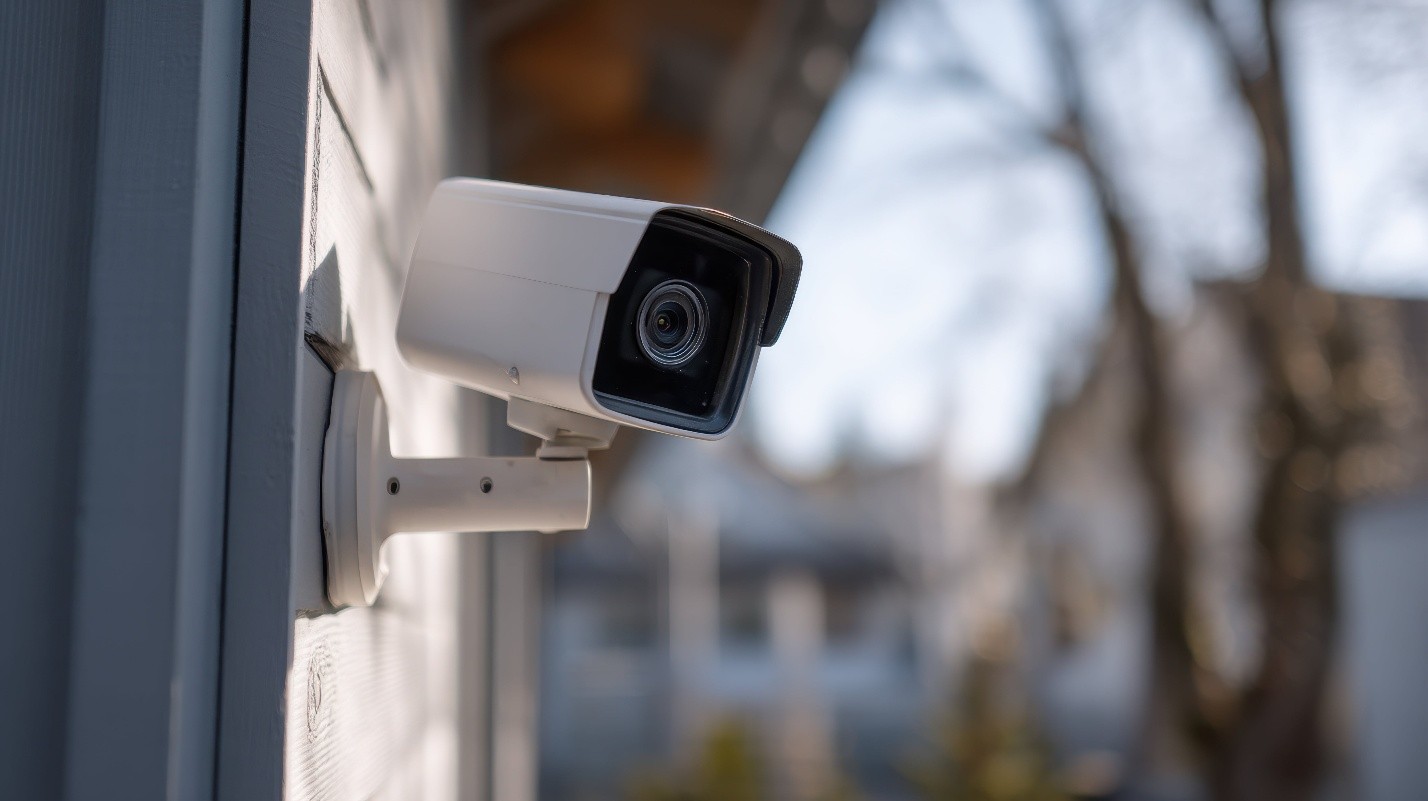As a landlord, ensuring the safety and security of your rental property is one of the most important responsibilities you shoulder—not just to protect your investment, but also to foster a sense of comfort and trust among your tenants. While some property owners may envision expensive security systems or hardened structures, enhancing security doesn’t have to break the bank or turn your property into an unwelcoming fortress.
In fact, with a strategic blend of affordable upgrades, tenant education, and a solid understanding of the legalities around surveillance and privacy, landlords can significantly reduce risks without alienating renters. Marc D. Romanelli explores the most effective and budget-conscious security measures every landlord should consider.
1. Exterior Lighting: The First Line of Defense
One of the simplest and most cost-effective security upgrades is proper lighting. Criminals often target properties that are poorly lit because it provides them with cover. A well-lit property not only deters unauthorized individuals but also makes tenants feel safer.
Tips:
- Install motion-sensor lights near entrances, walkways, garages, and alleyways.
- Use LED bulbs for longevity and energy efficiency.
- Ensure stairwells and parking lots are illuminated adequately.
- Consider solar-powered lighting for eco-friendly and low-maintenance options.
Proper lighting is particularly useful in multifamily dwellings or units located in urban areas where break-ins are statistically more common.
2. Reinforced Door and Window Hardware
Locks are only as strong as the hardware supporting them. Upgrading door and window components can provide a significant security boost.
Recommendations:
- Replace standard strike plates with heavy-duty versions that use 3-inch screws.
- Use deadbolts in addition to keyed entry knobs.
- Consider smart locks for easy key management and access tracking.
- Install security bars or locking devices on ground-level or easily accessible windows.
- Ensure sliding doors have auxiliary locks or metal rods placed in the track to prevent forced entry.
These upgrades are relatively inexpensive but go a long way in fortifying the perimeter.
3. Fencing and Property Boundaries
A clearly defined boundary serves both as a deterrent and as a psychological barrier to trespassers. Fencing, shrubs, and signage can make your property less attractive to would-be intruders.
Cost-effective strategies:
- Install low-maintenance fencing materials such as vinyl or chain-link with privacy slats.
- Post clear “Private Property” or “Tenants Only” signage.
- Use landscaping to guide foot traffic and block access to vulnerable points without creating hiding spots.
4. Security Cameras and Legal Considerations
Video surveillance can be a powerful tool—but it must be used with care to avoid violating tenant privacy rights or local laws.
Best practices:
- Place cameras only in public or shared spaces such as entrances, parking areas, laundry rooms, and hallways.
- Never install cameras in areas with a reasonable expectation of privacy, such as inside units, bathrooms, or near windows that look into private spaces.
- Inform tenants in writing that cameras are present and provide details on where footage is stored and how long it is retained.
- Check local and state laws, as some jurisdictions require visible signage or tenant consent for video monitoring.
Overstepping surveillance boundaries could result in legal consequences and tenant distrust, so clarity and transparency are crucial.
5. Tenant Education and Engagement
Security isn’t a one-way street. Engaging your tenants in safety protocols turns them into partners in protecting the property.
Suggestions:
- Provide a move-in security guide covering emergency procedures, how to report suspicious activity, and basic crime prevention tips.
- Encourage tenants to report broken locks, lights, or gates immediately.
- Hold optional quarterly or biannual safety meetings or send newsletters with security updates and reminders.
- Consider offering incentives for tenants who consistently report issues or participate in community watch initiatives.
When tenants are educated and feel like stakeholders in the safety of their environment, the entire property benefits.
6. Alarm Systems and Monitoring Options
While full-scale alarm systems can be expensive, modern solutions make this technology more accessible than ever.
Options to explore:
- Wireless, DIY security systems from companies like SimpliSafe, Ring, or Cove.
- Centralized alarms for multifamily buildings covering shared areas.
- Window and door sensors, motion detectors, and smart integrations (e.g., linked to mobile apps).
These systems are easy to install, often portable, and don’t require long-term contracts—perfect for rental scenarios.
7. Routine Maintenance and Inspections
Security devices are only effective if they work properly. Routine inspections and maintenance are essential to keep everything functioning.
Checklist items:
- Test all locks and deadbolts during each turnover.
- Replace batteries in wireless security devices.
- Check that lighting fixtures are functional.
- Inspect fencing and gates for weak points.
By including these checks in your normal property inspection routine, you can catch vulnerabilities before they become serious issues.
8. Legal Compliance and Liability Reduction
Beyond physical security, landlords must stay on the right side of the law to avoid lawsuits and liability.
Legal considerations:
- Premises liability laws often hold landlords accountable for preventable crimes that occur due to negligent security.
- Tenant privacy is protected by various local and federal laws—ensure you understand what is and isn’t allowed in your state.
- Include language in your lease agreements outlining security features, tenant responsibilities, and your own limitations as a landlord (e.g., not guaranteeing tenant safety but committing to reasonable security measures).
Consult a property attorney to review your lease and ensure your security practices align with the law.
Security as a Service, Not a Selling Point
Providing a secure environment doesn’t mean making grand gestures—it’s about consistent, thoughtful improvements and transparency with your tenants. Small, well-planned upgrades like lighting, reinforced hardware, and basic surveillance can deter most opportunistic crimes. Just as importantly, fostering a community of awareness and communication can reduce incidents and build long-term trust between landlord and tenant.
Landlords who prioritize practical security measures not only protect their investments but also create a more attractive, tenant-friendly rental experience—without turning their property into a fortress.
